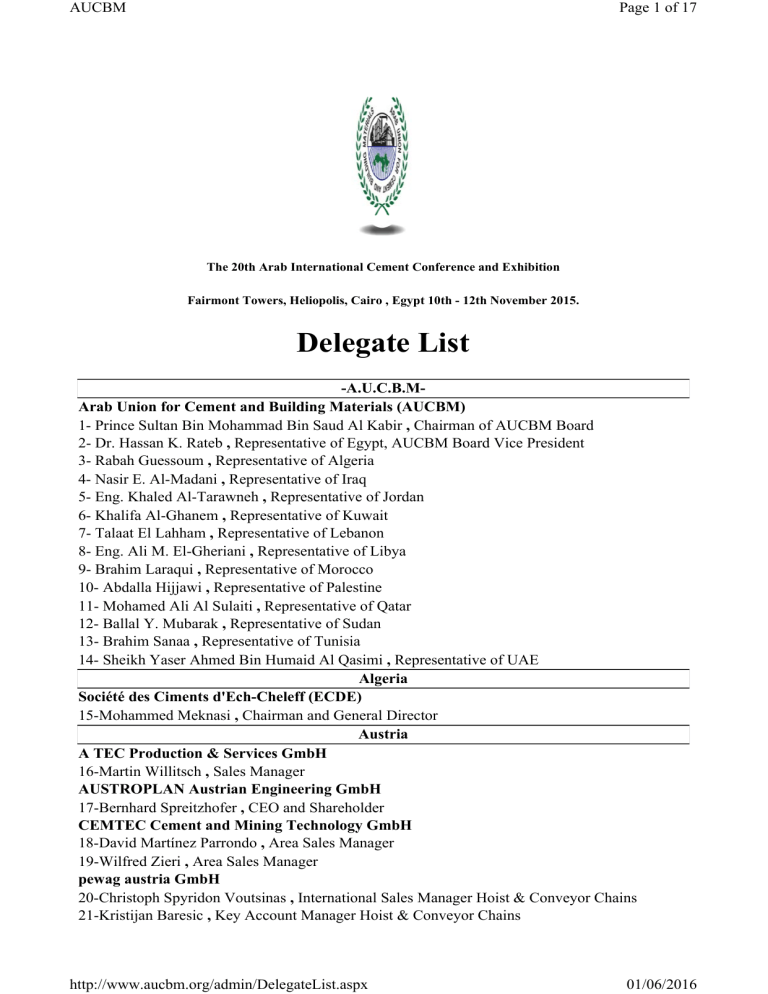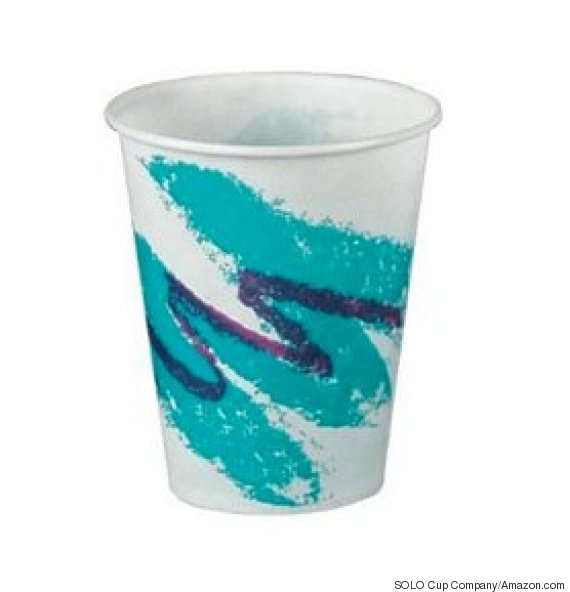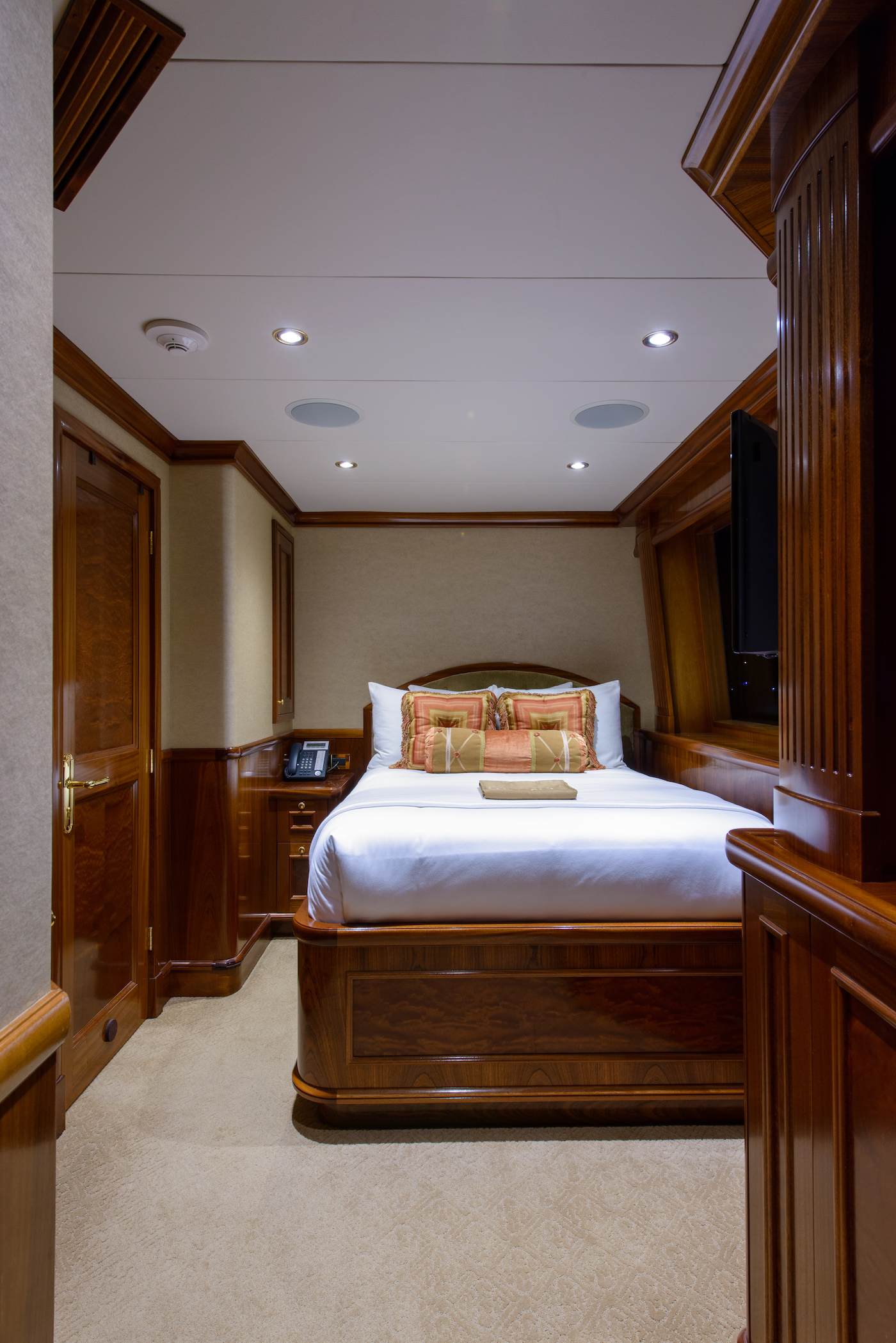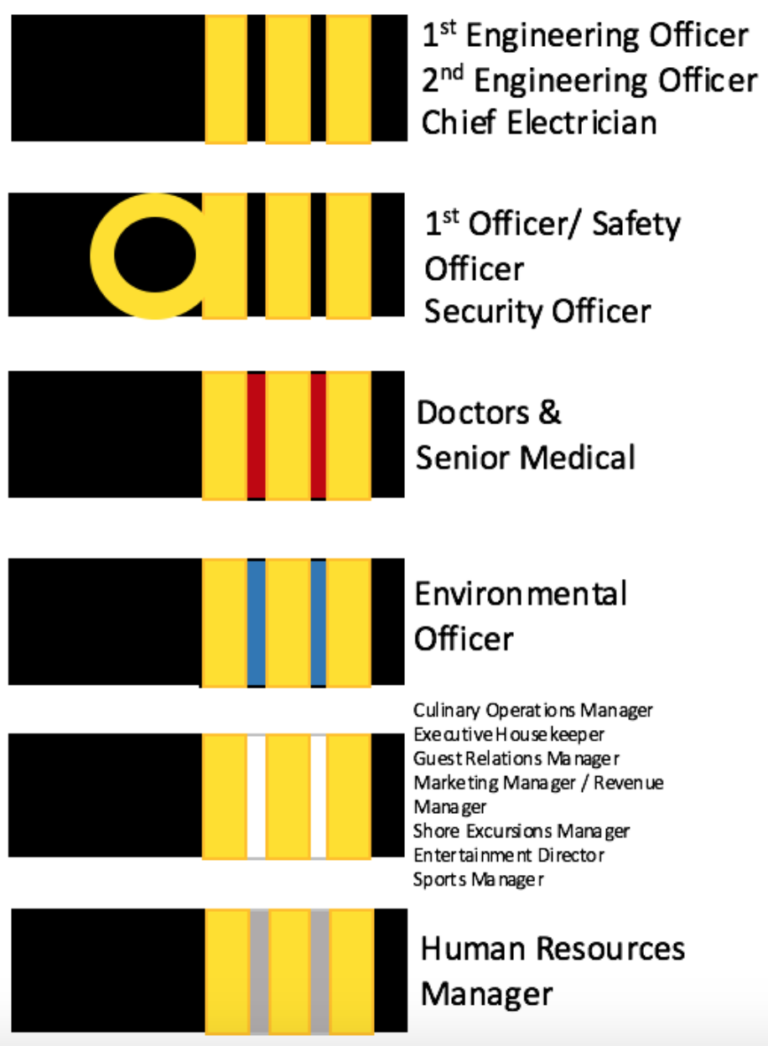Table Of Content

"Heat styling makes the hair very weak and porous, which will result in a very sad looking blonde." For darker hair, the Light Works Balayage Kit by Madison Reed is a great option. Divide your hair into four quadrants — vertically down the middle line, then horizontally, approximately above your ears. You will need to apply bleach to even smaller sections, but this will be good sectioning to start with.
Best Christmas Nail Colors for a Cheerful Holiday Season
According to Bodt, you should never use any type bleach your own hair at home — even if it's just a root touch-up. "I have heard so many horror stories about clients of mine frying their hair by attempting to just touch up their roots," says Bodt. "Bleach is very strong and can go wrong if you aren't careful. The technique for this service is very meticulous, meaning it requires a lot of attention and detail." For each of the sections that you’ve divided, you’ll follow the below instructions. Kandasamy and Adams both suggest taking small portions within the sections of your hair and saturating the strands to make sure the hair is completely covered. Once all the necessary materials and prep have been done (and you’ve fully committed to going blonde) you’re ready to make the bleach mixture.
Beauty
Wash your hair with a balancing shampoo to balance the pH levels of your scalp. You will have to add two parts of the developer for one part of bleach. There are 10 hair levels, with 1 being the darkest – black, and 10 being the lightest – pale blonde. Depending on how much lift you desire, choose the ideal peroxide from the list below.
Bleached Brows: The Pro’s Guide to Lightening Your Arches at Home - Vogue
Bleached Brows: The Pro’s Guide to Lightening Your Arches at Home.
Posted: Wed, 08 Nov 2023 08:00:00 GMT [source]
How to Bleach Hair at Home (Step by Step Instructions)
If your hair is extremely dark, long, heavily processed, fine, very thick, curly/kinky, colored, permed, or damaged, do not bleach at home. Instead, get it done professionally to achieve the results you are expecting. Selecting a high-quality hair bleach powder specifically designed for your hair type is very essential.
Most importantly, make sure to give your hair enough recovery time and consider waiting a couple of days, weeks, or even months before attempting another bleach treatment. You might not achieve your desired results on the first try so it’s important to be patient. Adding excessive amounts of bleach to your hair can lead to something called over-processing, which is when your hair shaft becomes brittle and damaged. Over-processing can also cause breakage and hair loss which is the last thing you want to deal with, so make sure that you’re treating your hair with care.
Use it once a week to enhance your tone or when your color-treated hair starts to fade. It’ll also leave your hair with an enviable, glass-like reflection. Take your pick from 15 shades, including a clear option that works on every hair hue. Apply toner to the hair to achieve the right tone for your hair, but only use it if the bleach causes the hair to appear too light, ashy, or brassy or if you want to add cool or warm tones to your hair. Work the toner all over the head and leave it on for 10 minutes. Start by concentrating on the back of the head and areas where the hair is darkest while avoiding direct application to the scalp (keep the bleach at least one inch away).
Instead, listen to a couple of useful tips on how to take care of your freshly processed hair. In addition to the bleaching kit you're using, grab a hair color brush, a couple of hair clips, and a towel that you don't mind staining to wrap around your shoulders to protect your clothes. You should also have coconut oil to apply around your hairline to protect your skin from any excess bleach, and a wide tooth comb and rattail comb to separate the hair sections. Switching up your hair color is the best way to get a brand-new look. However, things can be a bit more complicated than just applying hair dye on your strands if you have dark hair.
How to Take Care of Bleached Hair
As you grow older, opting for bright colors like electric shock shades harshen your face lines. Light brown shades and cooler blonde tones make you look younger if you have brown eyes. You can opt for subtle pastel shades or lean into gray shades to make your brown eyes pop. Bleaching your hair before coloring it allows the hair color to penetrate deeper into the strands, resulting in a more accurate color and a longer-lasting result. However, if you want to color your hair at home instead of going to the salon, you will need to choose the right bleach for hair. Then you need to learn how to bleach it properly to get the results you want.
How to Safely Bleach Your Hair at Home, According to Color Pros
Rez adds that leaving the bleach on too long—even with a lower volume processor—can also contribute to damage. Those with darker hair need more processing to lift their color—which means more damage—so you should leave that to an expert. Your hair needs to be in excellent condition to stand up to the bleach, too, so if you consider yours dry or damaged, don't bleach it—at all. The hair should lift to a banana-yellow color, not orange or red (unless that's the look you are going for). You can also spray down the hair with a water bottle to prevent the bleach from lifting further. Instead of risking all that damage, she suggests letting it grow.
Also, use sulfate-free shampoo and hair products containing more organic ingredients. The bleaching process can cause serious hair damage, but taking the due approach will ensure a smooth and safe experience. Essentially, you need to know what to do prior to the bleaching session, how to bleach your hair step by step, and what hair care routine will help you strengthen your locks and maintain a beautiful color. For this piece, an ELLE.com editor spoke to two hair colorists to discover the safest way to bleach hair at home. Can it truly handle the damage that you’re about to do to it? “Spray some water on a piece of hair, and let it absorb—stretch the wet hair very gently.
For safer lightening, colorists recommend not to wash your hair at least one day before the session. Natural oils covering your scalp will act as a barrier between your skin and the bleach, making the process safer and less painful. For bleaching your hair, you’ll need bleach powder or liquid and a developer. The developer opens your hair cuticles to allow the pigment to leave the hair shaft.
13 best purple shampoos for blonde and gray hair - TODAY
13 best purple shampoos for blonde and gray hair.
Posted: Tue, 02 Apr 2024 07:00:00 GMT [source]
A pro will know the right products and regimen for your specific hair texture, and advise you on how to tone the bleached hair so that it doesn’t turn too brassy or yellow. Bleaching fries your hair and scalp, and if you screw up badly, it can literally make your hair fall out. Before placing bleach all over the hair, Dorram says to strip-test a small piece of hair below the ear. "Leave the bleach on for the time instructed, and make sure you like the results." She recommends doing the same with toner.
Now that you’re more aware of what your hair transformation will require, you can dive into the actual process of bleaching your hair. Allot yourself more time than you think you’ll need to complete the entire routine so you don’t feel rushed. Bleaching clean and unwashed hair yields the same color results, but many stylists recommend the latter for those with sensitive skin.

The good news is that you don’t need to make an appointment with a colorist — with the proper precautions and products, you’ll be able to safely bleach your own hair right at home. Fortunately, there are ways to go lighter — and do it safely. If you’ve been scrolling on TikTok at all over the past year, you’ve probably seen some bang-cutting, head-buzzing, purple hair-dyeing, and every quarantine cut in between. Since COVID-19 initially shuttered hair salons across the country, it’s inspired bored, socially-isolated aspiring stylists to get a little too creative with their pair of kitchen scissors. And now, the rebels are even trying to bleach their own hair at home, too. Before bleaching your hair at home, it’s best to do a TEST on a small strand of hair.


